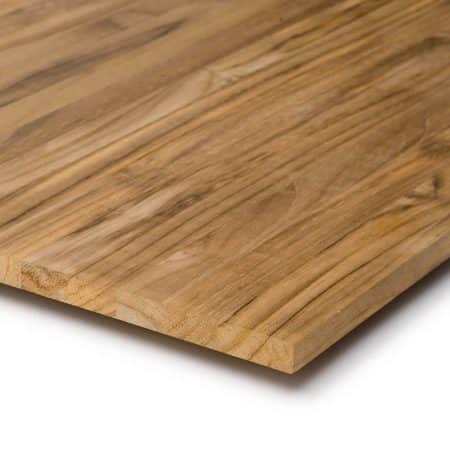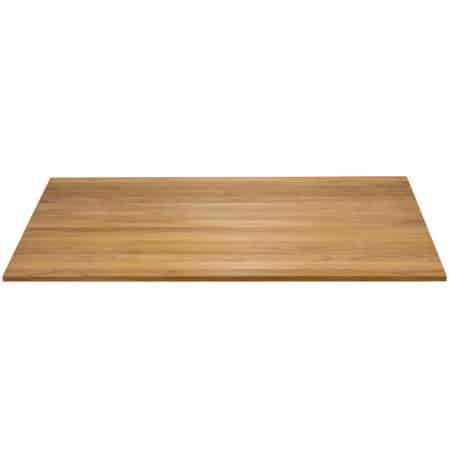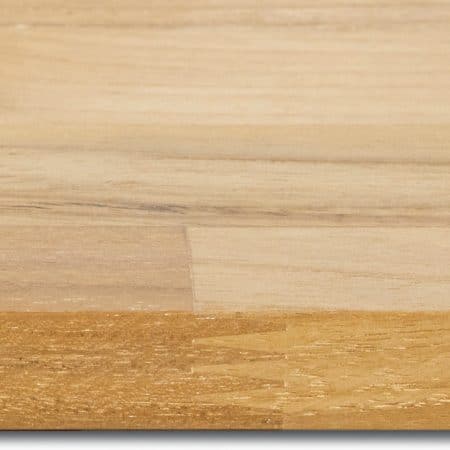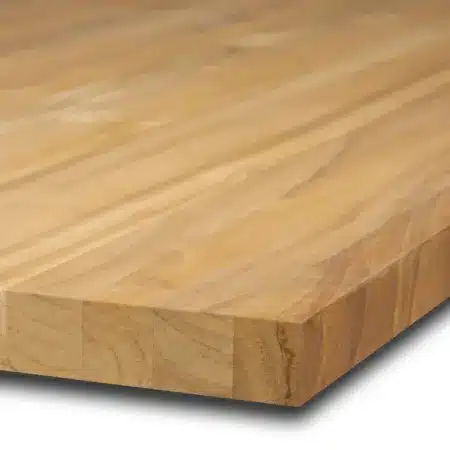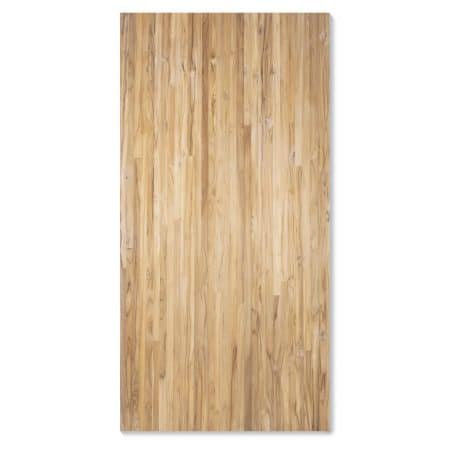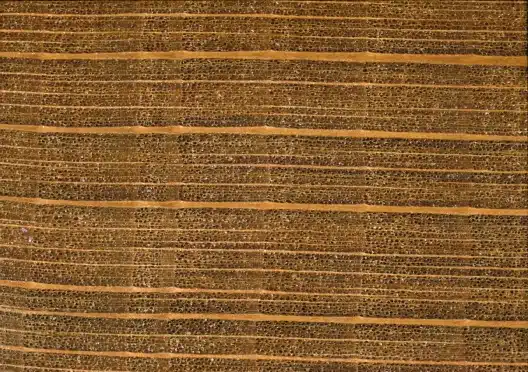
| Origin | North America, Eurasia |
| bulk density | 0,54-0,72-0,91 g/cm³ |
| durability class | 5 |
| Compressive strength | 35-53-99 N/mm² |
| flexural strength | 63-105-210 N/mm² |
| wood color | grey-pink to yellowish |
| Differential shrinkage (radial) | 0,19-0,22% |
| Differential shrinkage (tangential) | 0,38-0,44% |
| PH value | 5,1-5,4 |
| Usage | Furniture and door industry, as well as for stairs and floors |
The beech (Fagus sylvatica) has a significant influence on Germany's deciduous forests, accounting for 15% of its forest area. With impressive growth heights of up to 40 meters, it is one of the deciduous periderm trees. The gray, smooth bark shows little bark formation with age. The thin, back and forth curved branches with brown bark are characteristic. Spindle-shaped buds 1-3 cm long, often spreading and silvery, characterize the beech tree. Leaves are alternate or screw-shaped on upright branches, more or less in two rows on protruding branches. The glossy green leaf blade is entire, slightly serrated or wavy. Stipules are narrow and decrepit. Beech wood currently achieves the highest added value in the upper strength classes, especially through the red core, which is created under individual conditions. An increasing demand for red beech core, particularly in the furniture and parquet sectors through targeted marketing, is reflected in current market trends.
Beech is also a striking wood with a variety of properties. The sapwood area, in a gray-pink to yellowish color, extends over the entire cross-section of the trunk. From around 80 years of age, an optional red core develops, which is characterized by a lively reddish-brown color. This red core gives the wood of older trees a decorative touch. The wood structure shows growth zones due to latewood with fewer vessels, recognizable by fine flakes on tangential surfaces. Wood rays of various sizes produce characteristic spindles, visible as mirrors on radial surfaces. Despite its high hardness, machinability is easy, with the exception of coarsely grained qualities. Beech wood is suitable for furniture, doors, stairs, floors and peeled veneers. The unique color expression of the red core makes it ideal for decorative interiors. The natural durability is classified as poor, so outdoor use requires special protection methods or innovative wood modification techniques such as thermal beech.
Sources: Wikipedia, Wood from the specialist (GD Wood)


